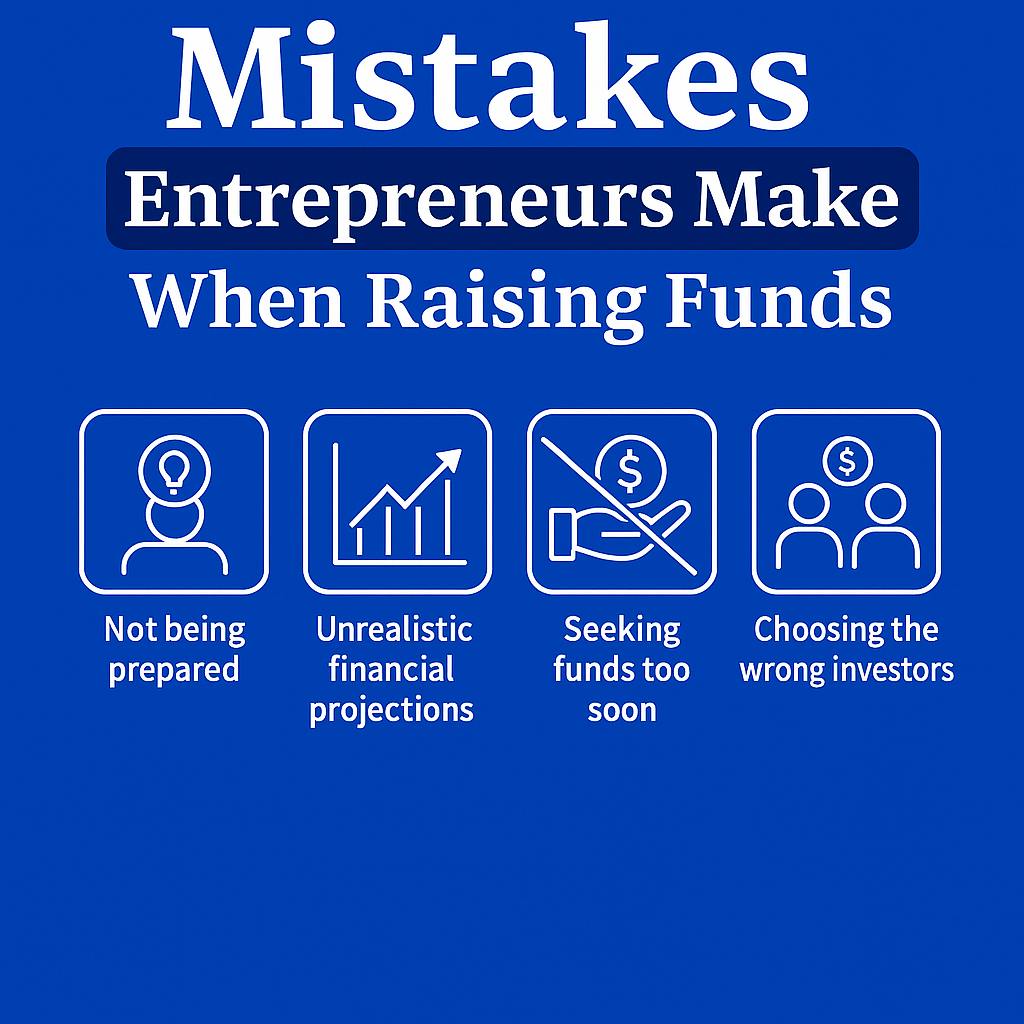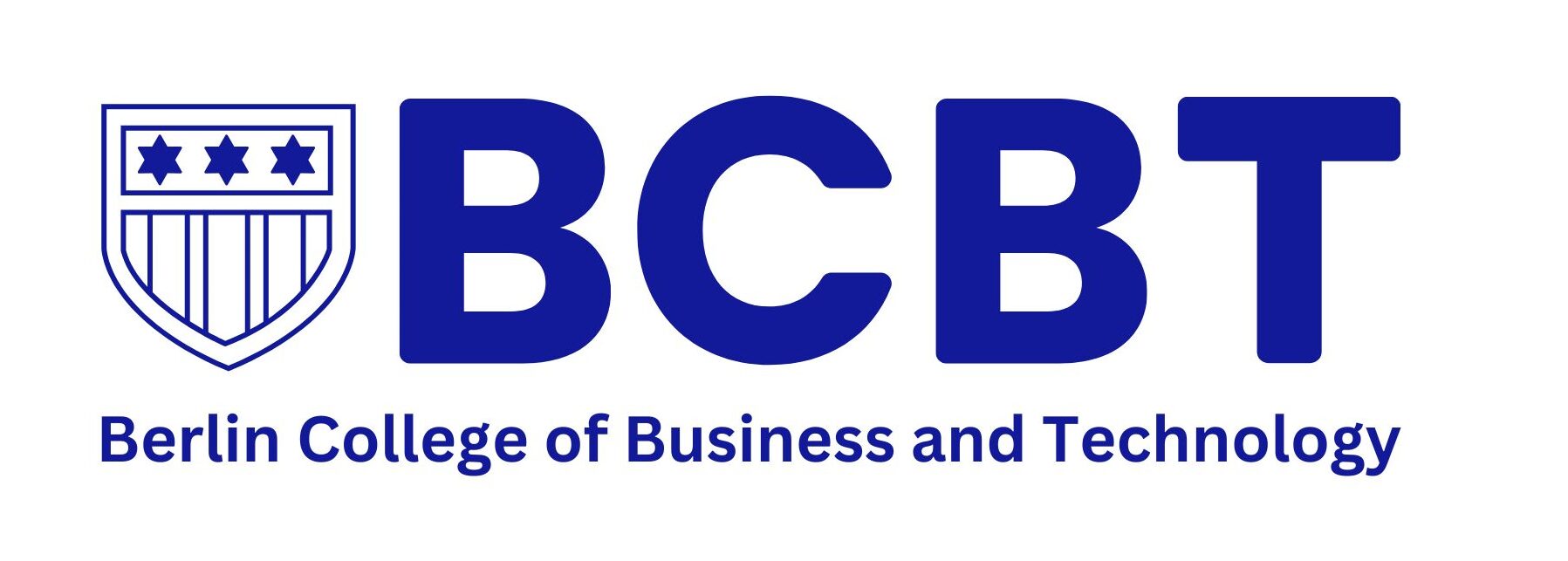
Every entrepreneur knows that raising capital is one of the hardest parts of building a business. But what many don’t realize is that the challenge isn’t just about getting a meeting or crafting a beautiful pitch deck, it’s about avoiding the common traps that turn investors off before you’ve even started.
After working with dozens of founders (and being one myself), I’ve seen the same four mistakes crop up again and again. I want to break them down with some real-world stories and practical insights so you can steer clear of them.
1. Not Being Prepared
A few years ago, I sat in on a pitch meeting where a founder had what I thought was a brilliant product: an AI-powered tool to automate legal document review. But 10 minutes into the conversation, an investor asked a simple question: “What’s your customer acquisition cost so far?”
Silence. Followed by, “Uh… we haven’t calculated that yet.”
The founder wasn’t unqualified or lazy, he just didn’t anticipate the depth of questions investors would ask. Unfortunately, that answer killed the conversation.
Preparation doesn’t just mean having a nice deck or rehearsed speech. It means understanding your numbers inside and out: revenue projections, costs, margins, sales cycles, churn rates. It means knowing your competitors, your customer persona, your pricing strategy.
Investors aren’t looking for perfection, they’re looking for founders who’ve done their homework. If you don’t know something, it signals that you’re not ready to responsibly manage their money.
👉 Takeaway: Before you pitch, write down every tough question you hope nobody asks. Then find the answer.

2. Unrealistic Financial Projections
I once advised a health tech startup that projected $50 million in revenue by their third year. They were pre-revenue at the time.
When I asked where the number came from, they said, “We think we’ll capture 2% of the market.” No sales plan. No pipeline. No contracts. Just a hopeful market share estimate.
This mistake is incredibly common. Founders think investors want to see a big number, so they inflate their projections. But sophisticated investors can see right through it, and they’ll assume either (a) you don’t understand your market, or (b) you’re trying to fool them.
Instead, investors want defensible numbers. Even if they’re modest, it’s better to show a pathway grounded in data: conversations with customers, pilot programs, early sales traction, competitor benchmarks.
I had another founder who projected “just” $1 million revenue by year three, but backed it up with detailed customer interviews, a pipeline of warm leads, and a clear sales strategy. Guess who got funded?
👉 Takeaway: Big projections don’t win investments. Credible projections do.

3. Seeking Funds Too Soon
A friend of mine tried to raise $500,000 before he’d even launched his beta product. His reasoning? “I need money to build it.”
He pitched 20 investors. Every single one said no.
Why? Because investors wanted proof he could build and sell something before writing a check. Without a product, without early users, without validation, there was simply too much risk.
I’ve seen this over and over: entrepreneurs seek funding at the “idea stage” when what they really need is validation first.
Contrast this with another founder I know who built a no-code MVP herself over weekends while working full-time. She got 500 users in three months. When she went to investors, she had traction, testimonials, and a clear growth curve. She raised $750,000 in two weeks.
Investors fund traction, not ideas. They want to see signs of product-market fit, even if it’s scrappy or small.

👉 Takeaway: Bootstrap as far as you can. Build something. Sell something. Then raise.
4. Choosing the Wrong Investors
Not every investor is a good investor for you.
A founder I coached raised a $1 million seed round from a wealthy individual who promised “hands-off” involvement. Within three months, the investor was calling daily, second-guessing product decisions, and demanding changes to the business model. It ended badly.
Choosing investors is like choosing co-founders. You’re entering into a long-term relationship. And a misaligned investor can slow you down, demoralize your team, or push you away from your vision.
Another founder I admire turned down a larger VC check because the firm’s portfolio included direct competitors. Instead, she raised from angel investors who brought relevant expertise, warm intros, and shared values.
Your goal isn’t just to get money, it’s to get the right money. Investors who bring networks, mentorship, industry knowledge, and who align with your company’s mission.
👉 Takeaway: Don’t just pitch to whoever has money. Pitch to people who can help you beyond the check.

Final Thoughts
Raising funds is tough enough without sabotaging yourself.
These mistakes—being underprepared, inflating projections, seeking funds prematurely, and choosing poor fit investors are avoidable if you approach fundraising thoughtfully.
Every investor I’ve spoken with has passed on deals not because they didn’t like the product, but because they didn’t trust the execution. In the end, they’re betting on you as a founder as much as your idea.
So if you’re preparing to raise, step back and ask yourself:
✅ Do I know my business inside and out? ✅ Are my projections grounded in evidence? ✅ Have I proven traction before asking for capital? ✅ Am I selective about who I take money from?
You don’t need to be perfect. But you do need to be ready.
The next investor you meet is deciding whether you’re investable, not just whether your idea is interesting.
Thanks for reading. If you’ve raised funds before, I’d love to hear: what mistakes did you learn the hard way? Drop a comment and let’s compare notes.


